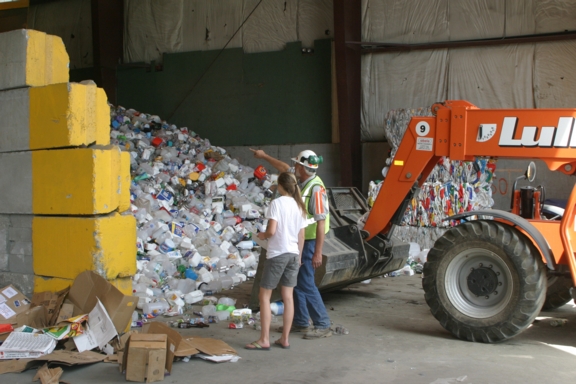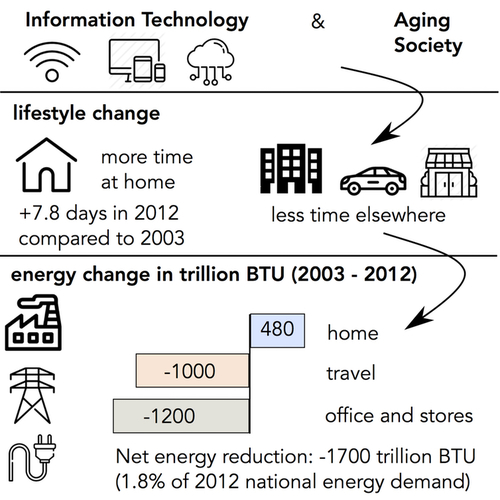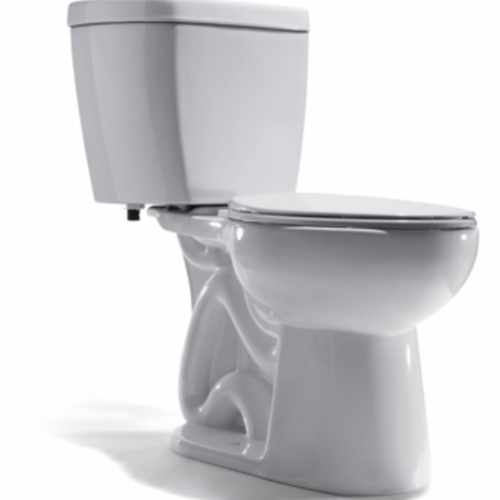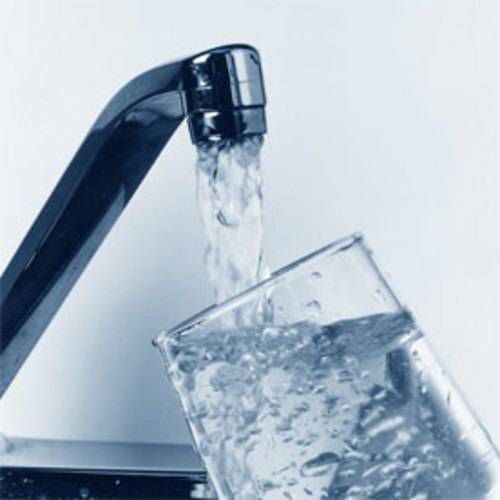Image Credit: Alex Wilson
Image Credit: Alex Wilson Bales of recycled paper at the Brattleboro MRF.
Image Credit: Alex Wilson Plastic is sorted and baled at the Brattleboro MRF
Image Credit: Alex Wilson Heavy equipment compresses and bales recycled materials at the Brattleboro MRF
Image Credit: Alex Wilson
While our homes and cars get most of the attention relative to energy savings, our materials stream also has a huge impact on energy use. Nationally, the U.S. generates about 236 million tons of municipal solid waste each year, according to the U.S. Environmental Protection Agency. That works out to about 4 pounds of waste for every American every day.
Recycling our waste saves a lot of energy. Just how much depends on the material. With very energy-intensive materials, like aluminum, carpeting, and copper, a phenomenal amount of energy is saved because the new materials take so much energy to produce. Recycling just one ton of aluminum cans saves 209 million British Thermal Units (Btu), according to EPA; with 5.8 million Btu in a barrel of crude oil, that’s equivalent to 36 barrels of oil.
Here’s how much energy is conserved from recycling one ton of various other materials according to the same 2005 EPA report: carpeting–106 million Btu (18 barrels of crude oil); copper wire–83.1 million Btu (14 barrels); high-density polyethylene milk jugs–51.4 million Btu (8.9 barrels); steel cans–20.5 million Btu (3.5 barrels); newspaper–16.9 million Btu (2.9 barrels); and glass–2.7 million Btu (0.47 barrels).
Nationally, our recycling rate is 30.6% (it’s about 17% in Brattleboro, Vermont), and that recycling saves the country roughly 1.5 quads of energy per year, according to the report (one quad is equal to one quadrillion or thousand-trillion Btus), or about 1.5% of our nation’s total annual energy consumption. Boosting the national recycling rate to 35% would increase the total savings by another 0.23 quads–an amount equivalent to nearly 41 million barrels of crude oil. That’s over ten times the highest estimate of the amount of oil that has entered the Gulf of Mexico from BP’s Deepwater Horizon spill during the last two months–not an insignificant amount of energy savings!
Recycling not only saves energy, it also preserves natural resources and reduces pollution. A ton of virgin paper requires about 20 trees, and Americans use, on average, 730 pounds of paper (about a third of a ton) per year. Virgin aluminum is made from bauxite, much of which is mined in ecologically fragile regions, such as Brazil’s rainforests. Copper is produced from deep, open-pit mines around the world that create some of the worst water pollution anywhere. The processing of all these materials generates huge quantities of air pollution.
The easiest way to encourage recycling is to make it economically attractive to do so, and the easiest way to do that is to charge people for throwing away trash. That’s the intent of pay-as-you-throw (PAYT) municipal waste programs, such as the program being considered for Brattleboro. When we pay a flat fee for trash collection, we don’t have an incentive to generate less trash and recycle more.
Paying a flat fee for trash pick-up (whether that fee is hidden in property taxes, like in Brattleboro, or paid directly) is sort of like paying a flat fee for heat. Think about it. If I didn’t pay more when I use more heating oil, I wouldn’t have a financial incentive to tighten up my house or use a setback thermostat at night. That’s the fundamental flaw with standard trash collection; we don’t have any incentive to produce less.
Putting market forces to work with PAYT would not only increase recycling rates, but it might also encourage us to buy stuff with less packaging and to avoid throw-away paper plates and plastic utensils. It’s great when people want to save energy because it’s the right thing to do (helping the environment, reducing our nation’s dependence on foreign oil, etc.), but to change the habits of a lot of people we need to make it economically attractive to do so. That’s why PAYT makes so much sense. Establish a price for waste generation, and let market forces change our habits.
I invite you to share comments on this blog. Any experience to share on how PAYT works in your community?
Alex Wilson is the executive editor of Environmental Building News and founder of BuildingGreen, LLC. To keep up with his latest articles and musings, you can sign up for his Twitter feeds.
Weekly Newsletter
Get building science and energy efficiency advice, plus special offers, in your inbox.
















6 Comments
Wrong, pay when you manufacture, sell, purchase first.
Pay first... play later. items go back when we reward for such. Bottle return fees work.
We should do the opposite of what you suggest. $2.00 paid to someone for turning in a barrel of trash. The $2.00 comes from added cost at the time of manufacture. Then all are properly motivated.
Another perfect example of the law unintended consequences kicking in.
good subject matter... and posting Alex
energy savings figures
Thanks for posting the energy savings for recycling different types of materials. I knew that different materials had very different energy use and savings values when recycled, and it's nice to have some numbers to attach to it. What would be particularly interesting, however, would be to compare those values to the energy input required to produce a ton of virgin material, i.e. what percentage of embodied energy is saved by recycling. That would highlight those materials (such as aluminum, for one well known example) for which recycling brings the greatest benefits (at least in terms of energy) and should thus be prioritized for recycling.
Do you have those figures handy from your research for this article?
Recycling Info
Great article.
I have a friend who doesn't believe recycling happens at all. I know it sounds crazy but she is an
intelligent, rational person that just thinks that it all ends up in the landfill. She used to work for a high tech company that sold machines that applied the labels to aluminum cans and she said that once the labels were applied that they were impossible to seperate from the aluminum, thus making recycling possible. I have had several arguments with her about this and would love some concrete links/information that I could use to sway her opinion. Does anyone have any links or info that would help me out? Thanks
recycling to trash
Unfortunately, your friend is right at least in some isolated cases. At least in California, there are state-mandated diversion percentages that communities much achieve, to avoid fines. However, there is no requirement that the material must be recycled, only that it must be collected with recycling.
This actually makes sense, in the long term: if there is no market for a recycled material, then there's not much to do with it other than landfill it; on the other hand, the requirement to collect the material means that it becomes an available resource, which hopefully attracts innovators who seek to harness it and thus expand the range of things that can be recycled. So it's a sound policy, despite the unfortunate and hopefully temporary circumstance of recycling materials getting landfilled.
Does your friend understand this dynamic, or does she really think that all recycling is a scam and it's all being landfilled? If the latter, ask her why homeless people collect aluminum cans, and why you see small (usually old, beat-up) pickups loaded down to near collapse with collected cardboard. (The latter may or may not be a common sight in your part of the country, but it's something I see frequently throughout California.)
Unintended Consequences
Charging for garbage pick-up based on quantity probably is a good motivator in suburbia where societal pressures and the fact that people will generally be able to afford the charges will undoubtedly increase the percentage recycled. In the inner city where I live, it will also spawn a great increase in illegal dumping. While I am a strong supported of recycling, having participated as much as possible for 40 years, I view piles of trash and garbage appearing in the alley over night as a much bigger problem.
Requiring manufactures to be responsible for the eventually recycling and thus moving the costs to the point of purchase where it can't be avoided by dumping the trash in an alley. It also motivates the manufactures to minimize packaging and design products for easy recycling. While aluminum cans, glass bottles and newspapers can be readily and economically recycled in most areas, electronics cannot. Today, the incentives for the manufacture is to build in as many cool features, as cheaply as possible. No concern is given to recycling or how many toxic materials are used in its construction. At the end of its life, it is a hard sell to get someone to spend several dollars to recycle their electronics when they can slip them into the trash for free, or even a very small incremental cost if they are on a metered trash collection system. It is even worse when you don't know if you take the additional effort and cost to recycle electronics, not knowing if it will be safely recycled in a modern recycling plant operated under stringent environmental laws or if it will be beaten with rocks and burned by children in the third world.
what works here
I live in rural British Columbia where we have bottle deposits, free-to-use recycling, and pay-per-bag fees for dump use.
The bottle deposits extend to all beverage containers and work well. A few years ago, I crossed the border into Washington state on my bike, and the increased amount of roadside trash was startling.
We have recycling dumpsters set up in our small towns for cardboard, mixed paper, glass, metal, and most plastics. They're replaced as they fill up. We also have collection points for paint, batteries, tires, oil and filters, and some electronics.
We pay $4 per bag (or equivalent sized can) at the dump or at local transfer station where more dumpsters are located. Town residents pay annually for weekly pickup of 1 or 2 cans.
This all works pretty well though there are the renegade few who dump on the roadside rather than pay fees. I fully agree that manufacturers should pay up front for dealing with their products. Education, incentives, and good facilities for citizens are also important pieces.
Log in or create an account to post a comment.
Sign up Log in